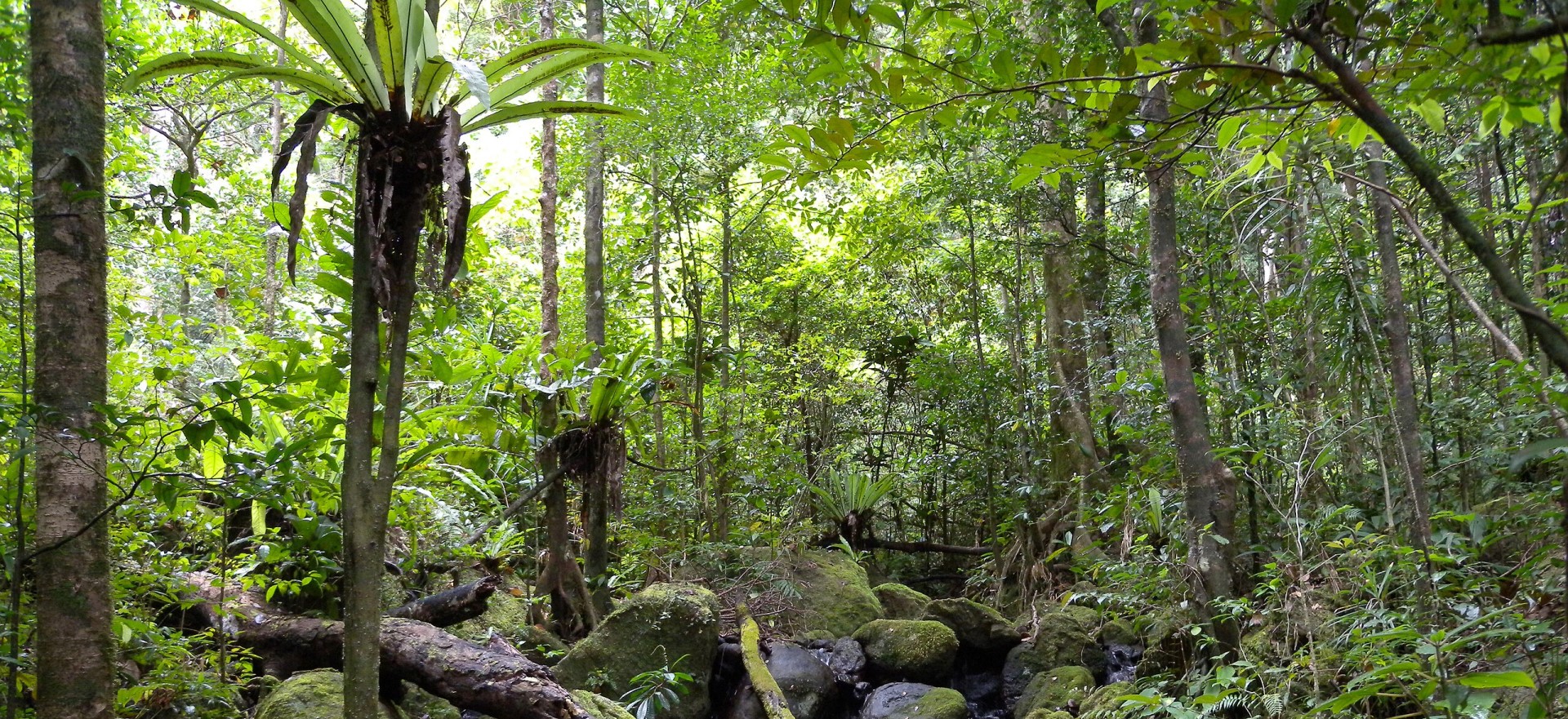
Madagascar
Madagascar is a unique place. Unfortunately, just 21.6% of the country is now forested, down from close to 100% cover when humans arrived on the island. Madagascar is the island of lemurs. Just 2 species are found outside Madagascar, and these 2 are almost definitely as a result of humans translocating them (the sad thing is that this has been done before Europeans arrived).
Should the remaining rainforests be lost from Madagascar, there is no way that virtually any species of lemur could continue to survive in their natural habitat.
There are a total of 107 lemur species living in the wild on Madagascar (and nowhere else), and these range from relatively stable and large populations, down to the population of the golden bamboo lemur which is thought to only have 250 individuals in the wild. Unfortunately, there are a total of 33 species that are critically endangered (imminent threat of extinction with out a change in the condition) and 103 species out of 107 are considered endangered to some degree.
Madagascar is another place where not enough tourists visit, and there are still large wild parts of the country which barely have any tourism, despite large areas of wilderness. We can help! Even just a handful of visitors to these little discovered wildernesses can give locals a reason incentive to retain the wilderness in their area.
Below, you will see a list of articles that have been written on this website, and below that, a video showing some of the wildlife of the island. Below that, we will add as many links as we can, as we make them.










